Three years later, we finally get the chance to review another one of Nokia's canceled relics. This is the Nokia Lumia 2020 mini tablet with Windows RT.
Here at Windows Central, we love looking into the history books at Windows devices that never came to be. Some of our favorites have included the canceled Nokia Lumia McLaren with 3D Touch and the first images of Microsoft Surface Mini. While the Surface Mini might have been the darling of the rumor mill, Nokia too was working on a compact Windows RT tablet — the Nokia Lumia 2020.
Codenamed "Illusionist", the Lumia 2020 was going to be Nokia's second Windows RT tablet. However, following the launch of the Lumia 2520, Nokia ended development on the smaller, 8-inch device. While not much is known about why Nokia decided to kill the product, many speculate the decision was influenced heavily by Microsoft, who was also building a similar, arguably better tablet with pen support; something the Lumia 2020 didn't have but the Surface Mini would (had it too not been canceled).
Lumia 2020 specifications Category Nokia Lumia 2020 OS Windows RT 8.1 (ARM32) Material Polycarbonate shell Processor Snapdragon 800 (8974) 2.15GHz Storage 32GB (expandable) RAM 2GB Display 8.3-inch 1080p LCD Graphics Qualcomm Adreno 330 Ports 1x MicroUSC, 1x 3.5mm headphone jack, SIM tray, MicroSD card slot Audio Dual front-facing stereo speakers. Camera Front facing 1MP, rear-facing 19MP PureView camera Lumia 2020 hardwareIn early 2014, the Lumia 2020 would have been considered "high-end". Featuring a Snapdragon 800 CPU with 2GB RAM, 64GB internal storage, and an 8.3-inch 1080p LCD, the Lumia 2020 was a pretty powerful mini tablet that rocked Windows RT like it was nothing. Since Windows RT was limited to Windows Store apps, for the most part, the device flies when opening new apps, switching between them and multitasking with multiple apps at once.
In my time using the prototype, I've not had any performance issues worthy of note. That's unlike the original Surface RT, which shipped with an NVIDIA Tegra 3 chip and as a result suffered from terrible performance. The Snapdragon 800 was a much more powerful chip that didn't struggle nearly as much with Windows RT. Paired with 2GB RAM for multitasking, things run pretty smooth on this mini tablet.
We're also rocking an 8.3-inch 1080p display on the front of the device, which looks absolutely gorgeous. The screen is bright and crisp, with 1080p bringing more than enough pixels for the 8-inch form factor. There's also a pair of front-facing speakers on the top bezel of the device, which is a nice touch. We also have a single capacitive home button with haptic feedback when touched.
There's also a front and rear-facing camera, with the latter being a PureView 19MP shooter with dual-LED flash. Unfortunately, the software was never completed on this prototype, which means actual photos look rubbish. Still, if this device were to have hit the market, it would have likely had the best camera of any tablet at the time. Impressive stuff.
The Lumia 2020 is also rocking an microSD card slot for expandable storage, as well as mobile data through an LTE SIM card slot. This would have been incredibly useful for those who like to travel light, yet stay connected when they take their tablet with them. There's also a Micro-USB port and 3.5mm headphone jack, par-of-the-course back in 2014.
Lumia 2020 design and build qualityBuild quality is nothing short of excellent. There's no doubt about it; this was going to be a premium mini Windows RT tablet. The device features a matte polycarbonate shell, which would have been available in a number of colors; our prototype is white, which looks super clean and nice. There's no creaking or flimsiness to be found on this device, which is excellent. It doesn't feel as good as the magnesium Surface RT, but it still feels great. I'd say it's comparable to the build quality of the Lumia 1520.
We have just three physical buttons on the top of the device. A power/lock button and right next to it the volume rocker. There's no dedicated camera button, which I'd argue isn't exactly needed or useful on a tablet anyway. The buttons feel a little mushy, but that's probably because this is an old prototype that's been around a fair bit.
The front of the device is where things start to fall down. For some reason, Nokia decided to make the left and right bezels slimmer than the top and bottom, giving the front of the device an "off" look. I wouldn't say it looks bad, but I would have preferred if the bezels on the Lumia 2020 were equal on all sides.
What's more, the polycarbonate shell wraps around the front of the device and outlines the screen and its bezels. Depending on the color, the shell can really visually pop. On our white prototype, for example, the shell is clearly visible around the screen.
The screen itself is a 16:9 display, so it's only really useful in landscape mode, which is the orientation that the device is designed in. Using the tablet in portrait mode, as many likely would want to do with an 8-inch device, results in the screen being awkwardly tall and narrow. This is a mini tablet designed to be used in the landscape orientation.
And that I think says a lot about the tablet Nokia was planning to build. Unlike Microsoft, who was building the Surface Mini as a productivity machine for taking notes, Nokia looked to be building a mini tablet that's more aimed at media consumption and creation. The high-quality camera, paired with the 16:9 1080p display and front facing speakers all point toward a device aimed at entertainment rather than productivity.
Lumia 2020 softwareThe Lumia 2020 is an ARM-based tablet running Windows 8.1 RT. Microsoft of 2014 hadn't yet mastered Win32 emulation on ARM, limiting Windows RT devices to apps downloaded from the Windows Store. The first Microsoft Surface was the inaugural Windows RT device, along with a few tablets by the likes of Dell, ASUS, and Samsung. They all flopped, so it's no surprised that Nokia decided to pull the plug on the RT-running Lumia 2020.
Windows RT came with Office 2013 RT out of the box, which gave RT users access to the full suite of Office apps, including Word, PowerPoint, Excel, OneNote and Outlook for free. You can find the same set of apps on the Lumia 2020, but I don't think these apps would have seen much use by users. The screen is too small to do any real work, and since the Lumia 2020 doesn't support pen, there's no way to ink in OneNote.
The desktop environment itself is also incredibly small on an 8-inch device, so much so I'd say it's barely usable. The Modern Windows 8.1 UI, on the other hand, is tremendous at this screen size. Elements are perfectly sized, icons and text look super crisp and the entire tablet experience just works. It's gesture-based, which I feel is pretty natural on a tablet experience.
Even with the tablet experience being more than great, this thing is still running Windows RT. This means that most people would've immediately disliked the tablet thanks to its limited app selection.
I never really disliked Windows RT, but for those that did, this tablet wasn't going to fix any of its problems.
Lumia 2020 cameraIt's odd to be talking about a camera on a tablet, but the camera on the Lumia 2020 is pretty remarkable. It's a great shooter, as it is PureView after all. The camera software was never finished on this unit, but I'm able to get some pretty good photos out of what was finished.
I'd never recommend using a tablet as your main camera, but the camera on the Lumia 2020 would've been better than most smartphone cameras in the year 2014. That's an impressive feat.
Unfortunately, I'm unable to show you how this camera performs in low-light because the camera simply doesn't perform in low-light. I'm assuming this is partly due to the fact that this is an unfinished prototype, but any attempts to take a photo in low light simply failed to capture an image.
Lumia 2020 final thoughtsI've been using the Lumia 2020 as an "around the house"-type tablet over the last week, and I've enjoyed every second. It's small enough to be convenient to use for browsing the web, checking email, and watching videos without me needing to pull out a laptop, and is light enough to carry around with ease.
The addition of LTE support is also a nice touch, allowing me to throw the tablet in a bag and take it with me when going out on day trips. Sometimes using your phone to check email or browse the web when on the go isn't enough, and the 1080p 8.3-inch screen on the Lumia 2020 really delivers. It gets bright enough for use outdoors too.
Battery life on the Lumia 2020 is pretty good. I can get through a day using it on and off like you would a normal tablet pretty easily. I can probably squeeze two days out of a single charge if I use it occasionally. LTE will obviously bring that number down, but when using WiFi around the house, this thing lasts. Since this tablet was never released, we don't actually know the capacity of the battery without openign up that sealed back shell — and that's not worth the risk of breaking this rare prototype.
The Lumia 2020 would have been a superb entertainment tablet back in 2014. It's small, designed well, and has a great display and speakers, along with a really good camera (especially for a tablet). It was designed for media consumption first and foremost, not for working in Word. Browsing the web, checking email, using Twitter and watching videos are what this tablet does best.
I am saddened that this tablet never actually came to market. I feel the same way about the Surface Mini. As a fan of small tablets, both the Lumia 2020 and Surface Mini have left holes in my heart. I've always wanted a small Windows tablet with great battery life and performance, and the Lumia 2020 could have been that device. Unfortunately, it was never released, and to this day we still haven't had a compact, premium, and powerful Windows tablet.
Perhaps that'll change now that Microsoft is bringing Windows 10 back to ARM with the Snapdragon 835 — and with full app support. We can't wait to see what's in store. In the meantime, what are your thoughts on the Lumia 2020? Let us know.
Pros:Source: Nokia's canceled Lumia 2020 was a compact Windows RT tablet after my heart
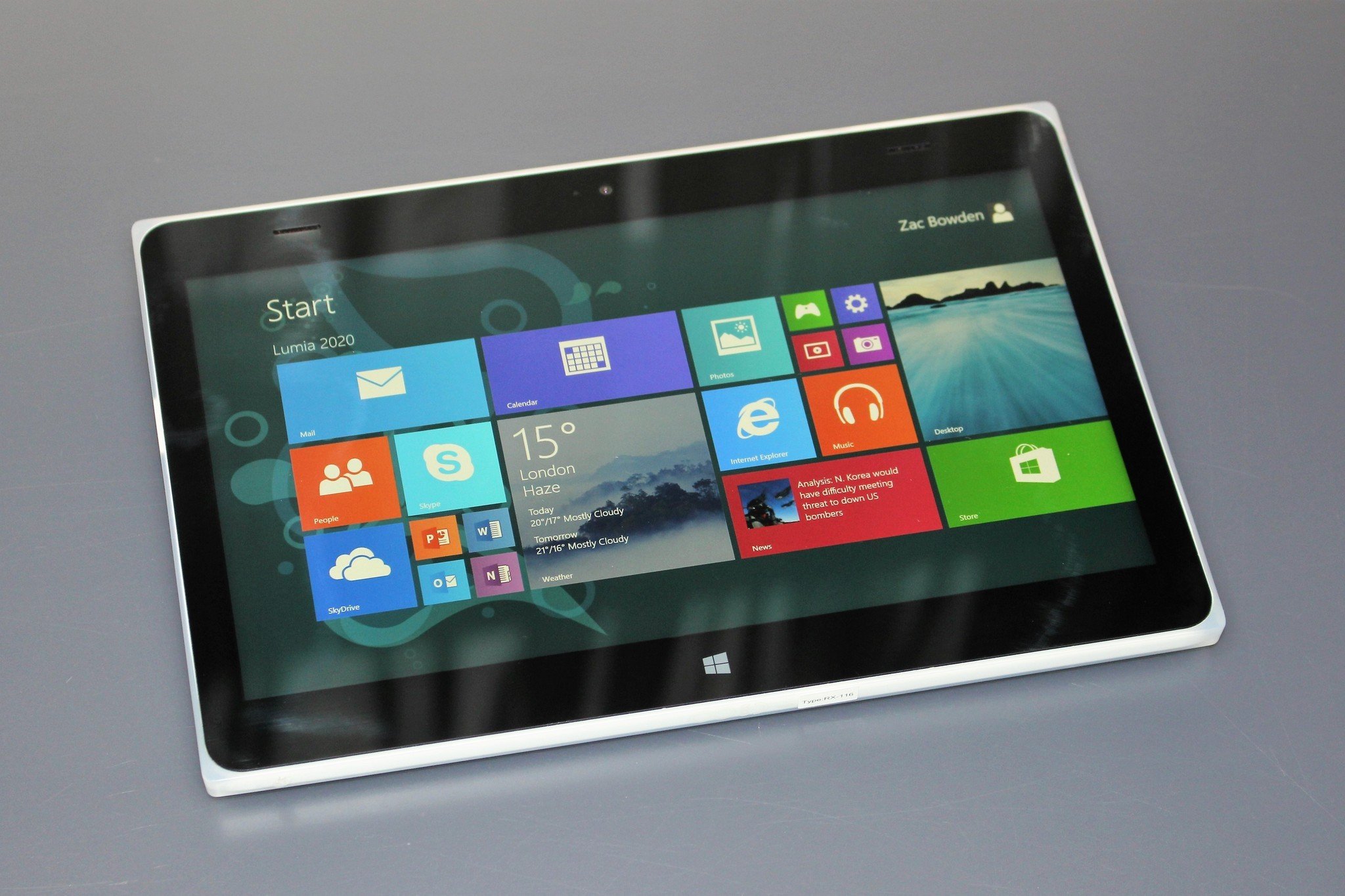
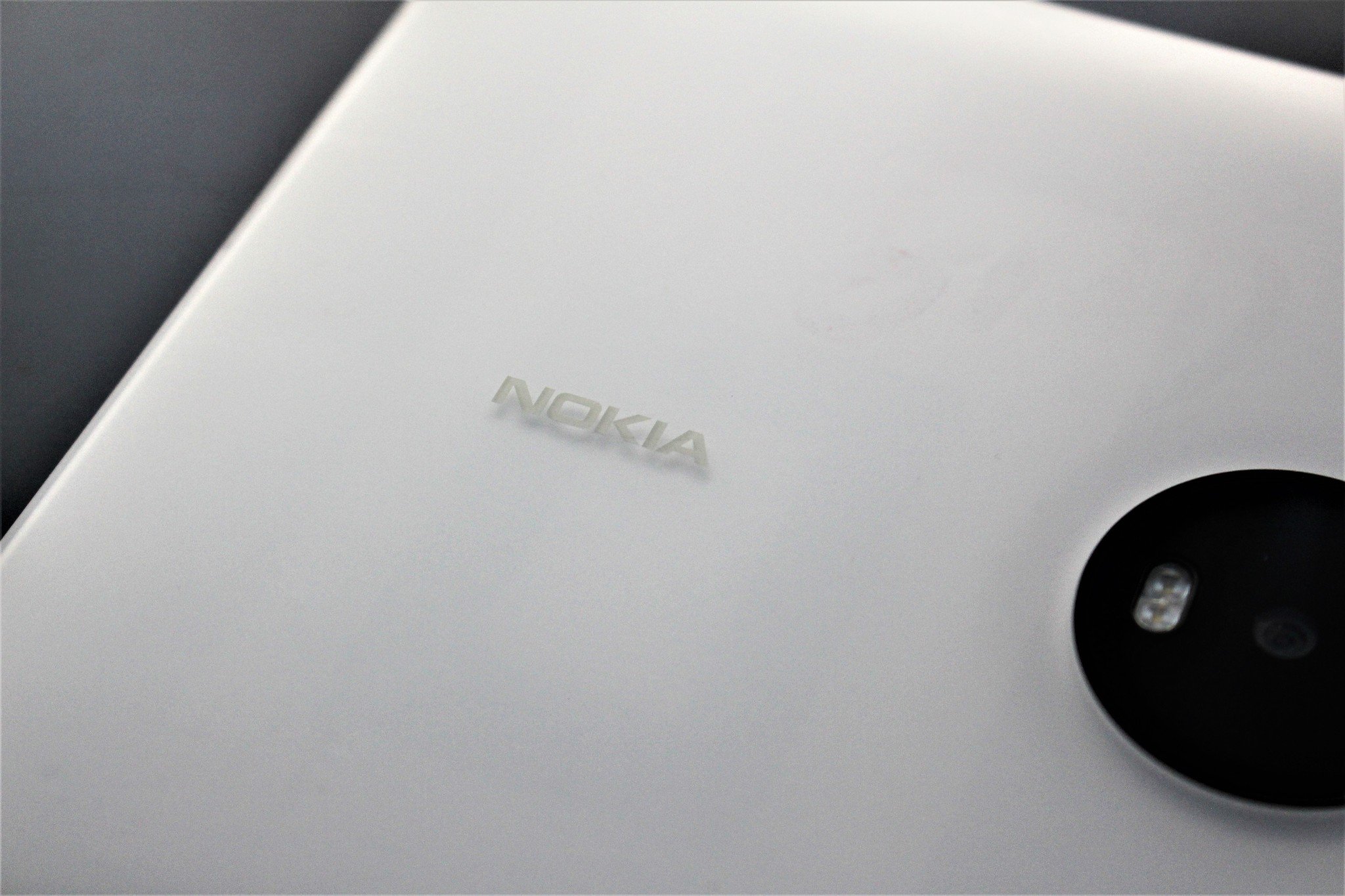
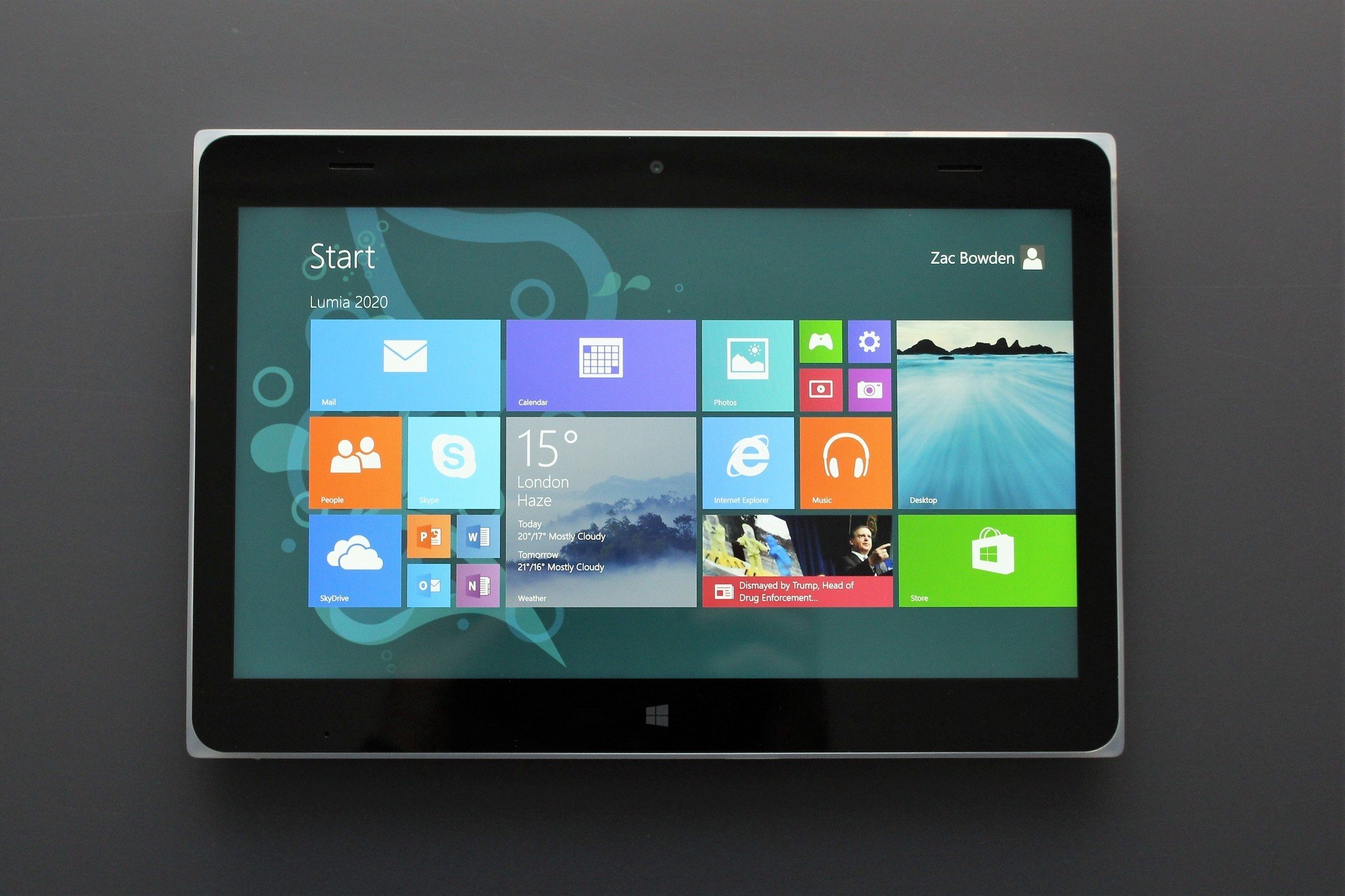
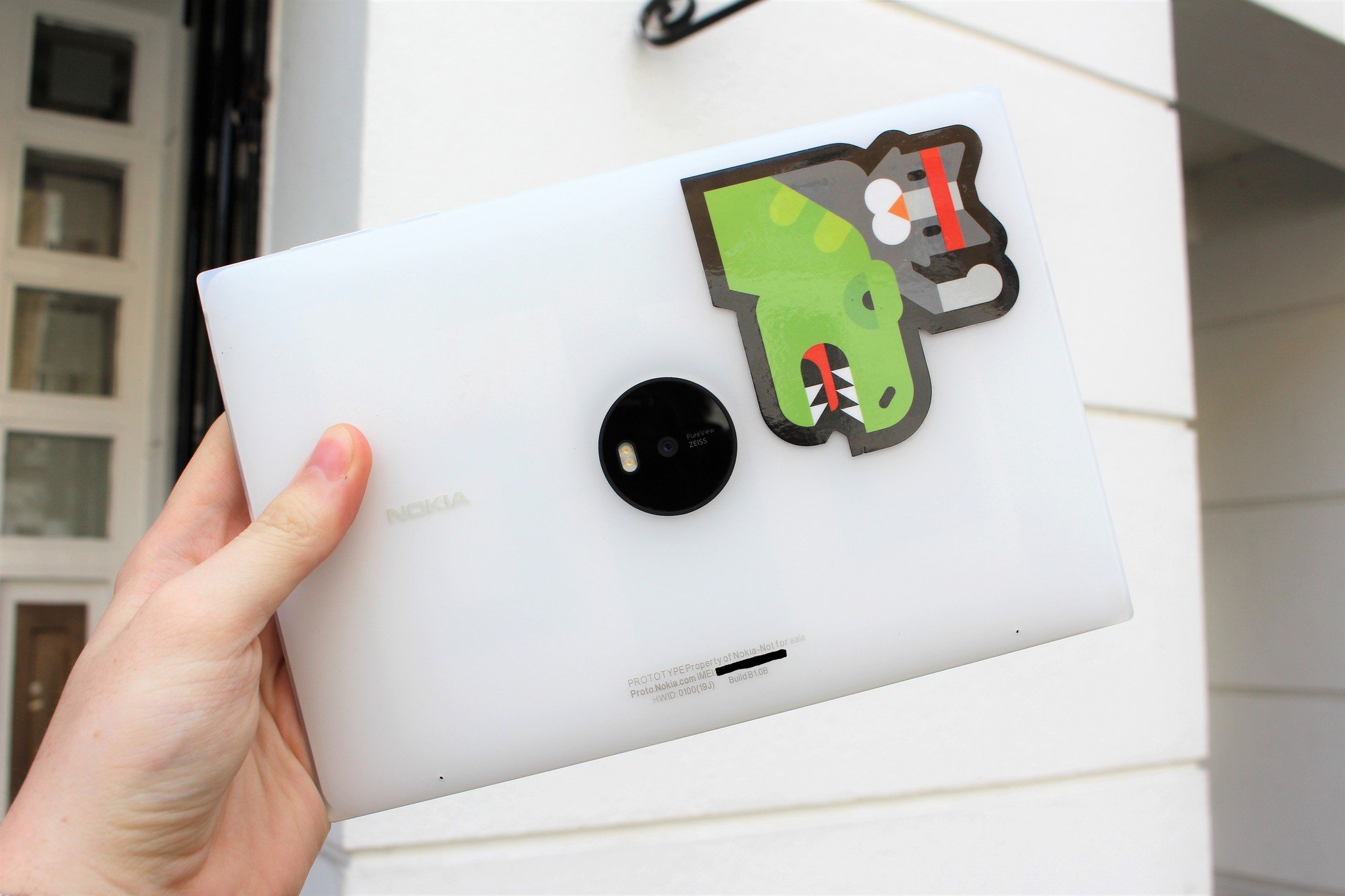

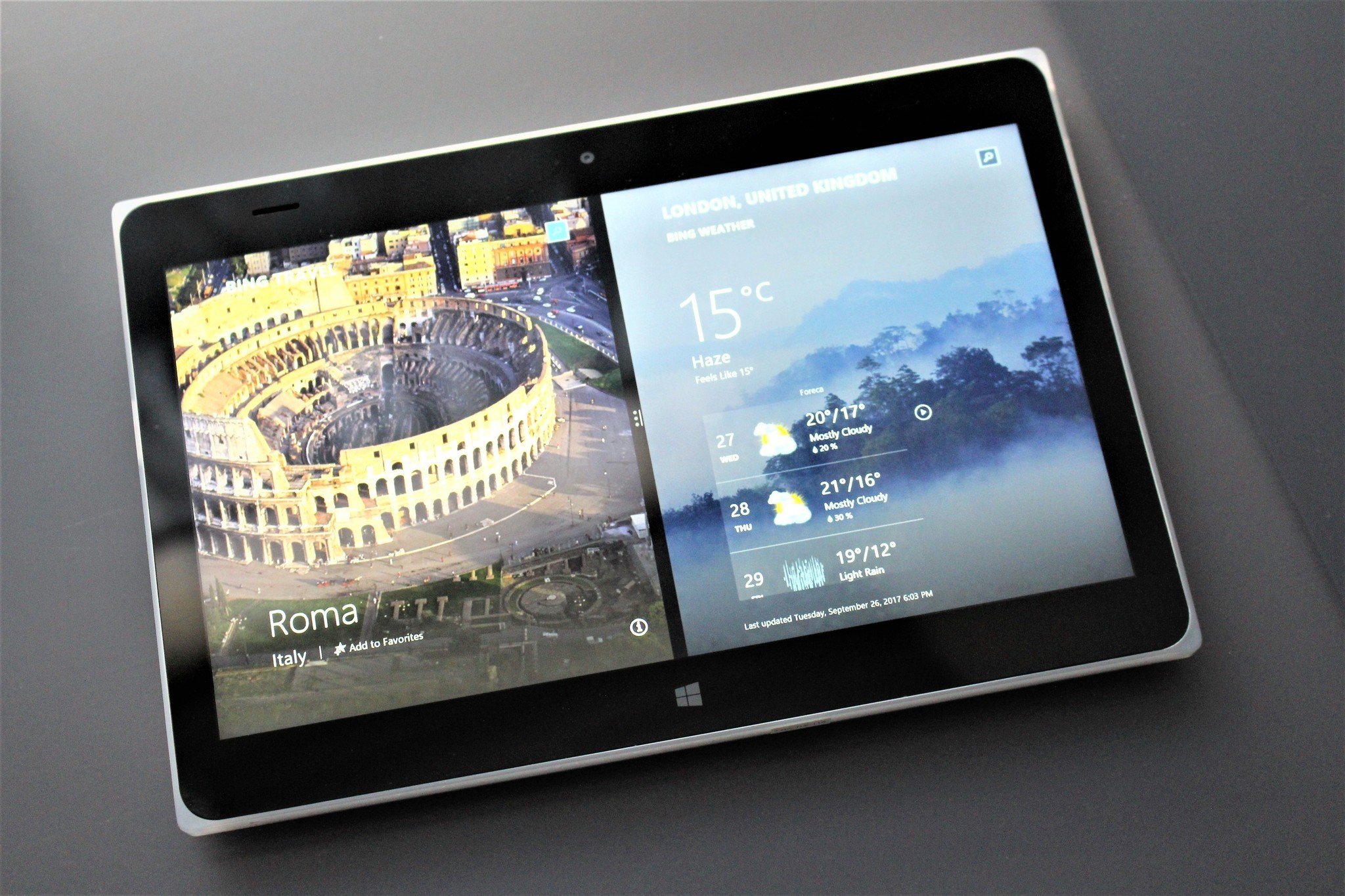

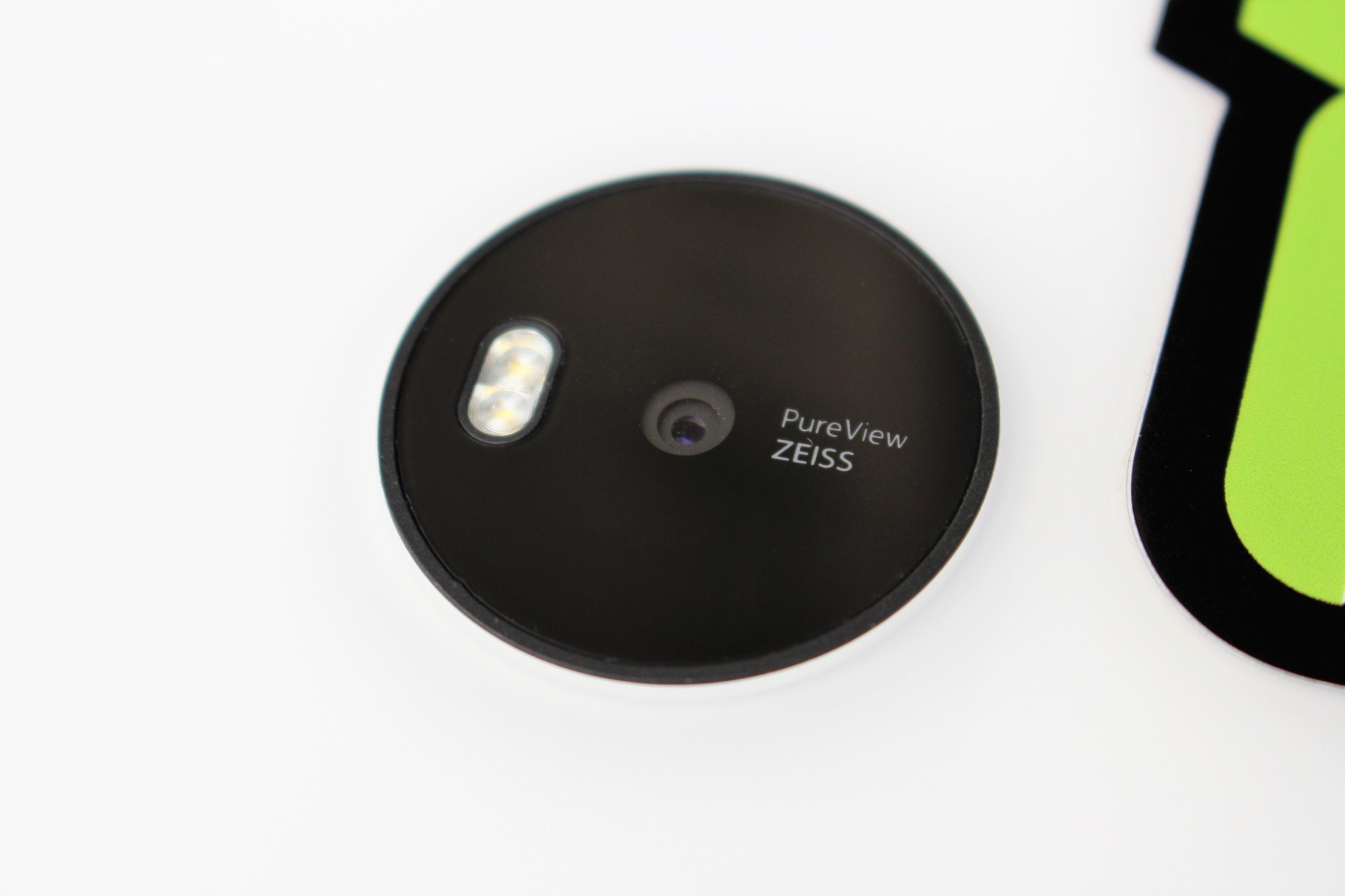






 Masaru Kamikura | Flickr
Masaru Kamikura | Flickr  © Provided by Business Insider nadella ballmer gates When Microsoft's then CEO Steve Ballmer proposed buying Nokia to shore up the company's foundering mobile phone division, Satya Nadella thought it would be a mistake.
© Provided by Business Insider nadella ballmer gates When Microsoft's then CEO Steve Ballmer proposed buying Nokia to shore up the company's foundering mobile phone division, Satya Nadella thought it would be a mistake.  © Provided by Business Insider microsoft panos panay windows phone lumia 950 Getty Images/Andrew Burton
© Provided by Business Insider microsoft panos panay windows phone lumia 950 Getty Images/Andrew Burton © Microsoft
© Microsoft  © Getty Images/Andrew Burton
© Getty Images/Andrew Burton 

